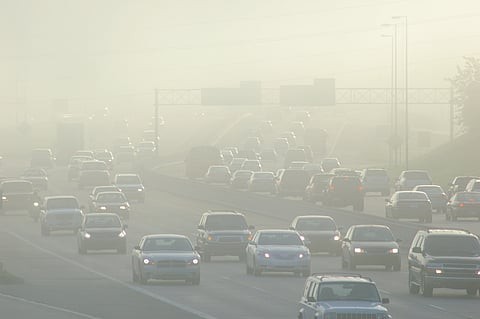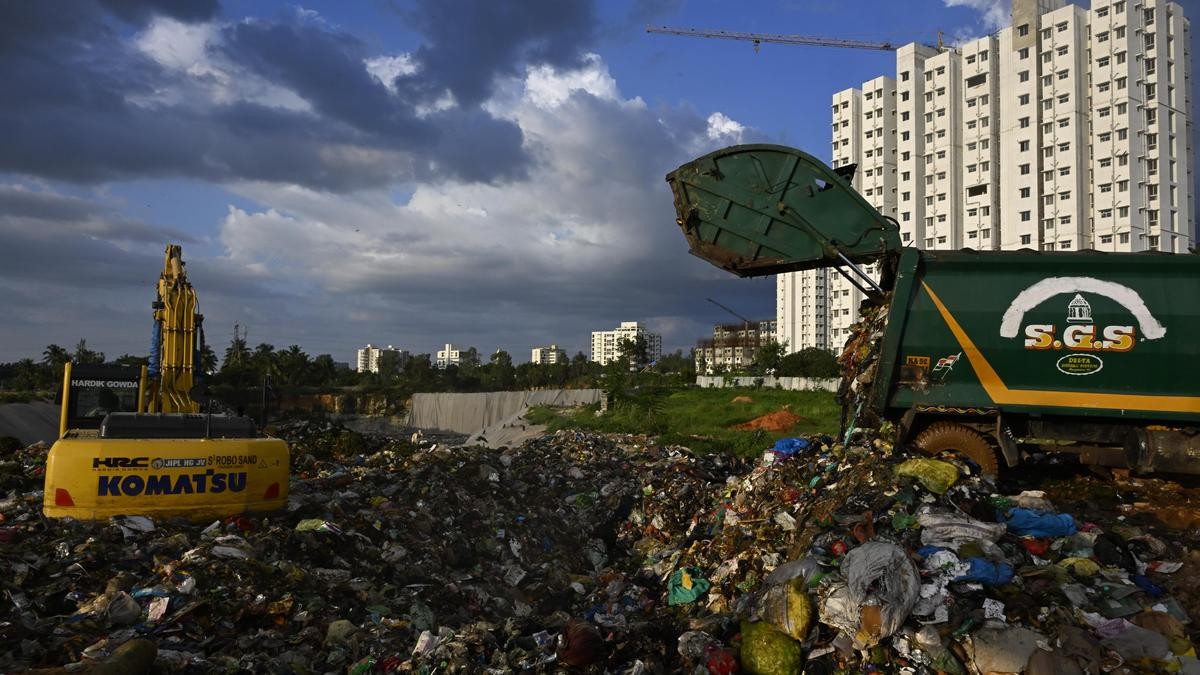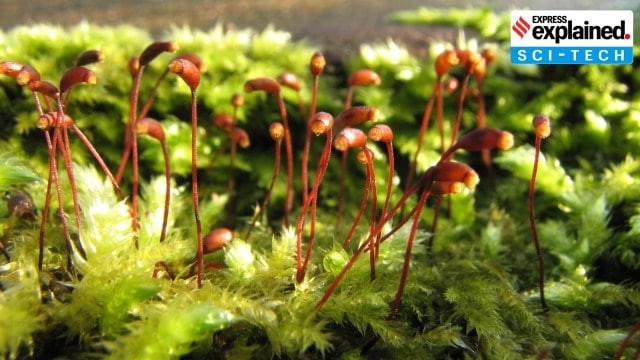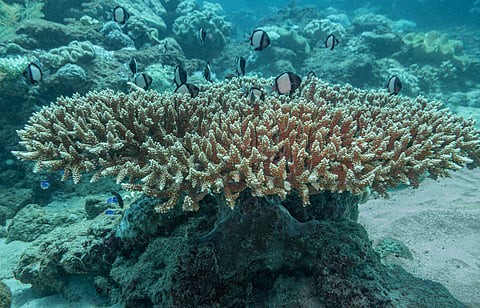




Source: PHYS.ORG
Disclaimer: Copyright infringement not intended.
Monterey Bay Aquarium Research Institute (MBARI) researchers and collaborators from Florida State University have developed a new method for analyzing satellite data to better predict the export of carbon.
A biophysical ocean model that combines
Lagrangian tracking: Follows individual water parcels or fluid particles.
Advection: Movement of water masses through currents.
Biological growth: Monitors changes in phytoplankton populations over time.
Tracks phytoplankton and carbon fluxes more realistically by integrating:
Temporal and spatial lags between carbon production via phytoplankton photosynthesis and export(carbon sinking).
Zooplankton dynamics which graze on phytoplankton and affect export.
Oceanic advection: Enables better understanding of how currents influence carbon distribution.
Biological succession: Captures stages in phytoplankton growth and decay.
Unlike traditional models, it:
Does not rely solely on ocean color (surface chlorophyll data).
Provides a complementary and more nuanced approach to estimating carbon export.
Oceans act as carbon sinks absorbing ~25-30% of atmospheric CO₂.
Phytoplankton play a crucial role in the biological pump converting CO₂ into organic matter.
This organic carbon sinks to the ocean floor contributing to long-term carbon sequestration.
Based on ocean color — only measures surface phytoplankton.
Fails to capture:
Subsurface biological processes.
Delays in carbon export.
Zooplankton and microbial loop dynamics.
Helps in accurate climate modeling — essential for policy-making and IPCC assessments.
Can inform global carbon budgeting helping nations plan for carbon neutrality.
Supports Sustainable Development Goal (SDG) 13: Climate Action.
Sources:
|
PRACTICE QUESTION Q. Discuss the significance of the Lagrangian Growth-Advection Model in enhancing our understanding of the oceanic biological carbon pump. 250 Words. |







© 2025 iasgyan. All right reserved